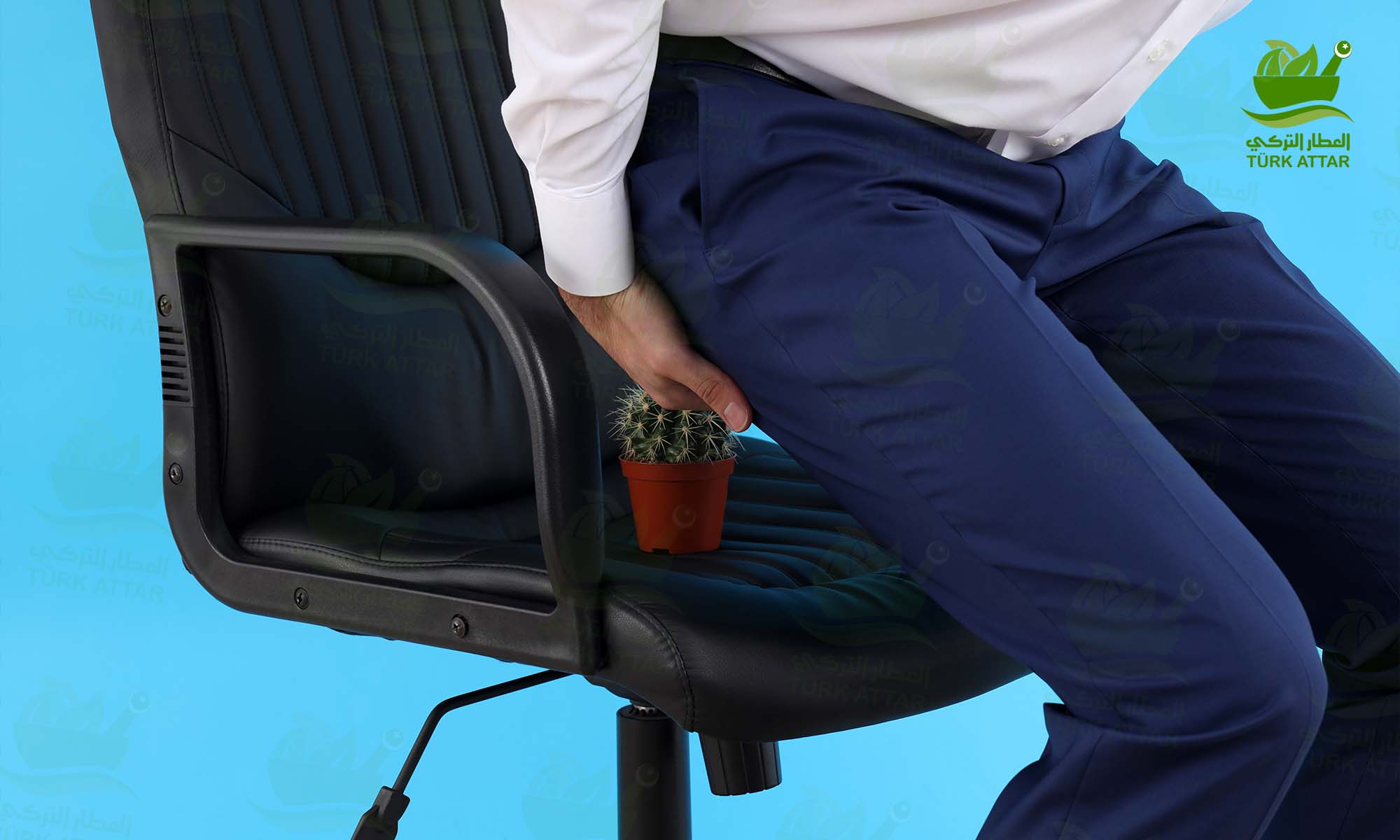
Hemorrhoids are enlarged veins at the bottom of the rectum and anus, at the end of the anal canal. The walls of these blood vessels are sometimes stretched so wide that they become irritated by swelling even more.
Hemorrhoids
As a result of this swelling and irritation, they go out of the anus. This condition is also known as hemorrhoids or mayasil among the people. Hemorrhoids are divided into internal and external hemorrhoids and are measured in four different degrees according to their symptoms.
What are Internal Hemorrhoids?
Internal hemorrhoids are in a point in the breech that is too deep to be seen or felt. They usually do not cause pain or suffering due to the small number of pain-sensing nerves in their area.
Blood in the stool, toilet bowl or toilet paper is the most obvious sign. Apart from this, it is possible to see hemorrhoids as moist bumps with a pinker color than the surrounding tissue.
These are called prolapsed hemorrhoids. These hemorrhoids may retract on their own or they may be softly pressed in.
What are External Hemorrhoids?
External hemorrhoids are just under the skin on the outer wall of the anus. Since there are more pain-sensing nerves here, the symptoms of external hemorrhoids include pain, bleeding, itching and swelling.
What is Hemorrhoid Thrombosis?
In some cases of hemorrhoids, the hemorrhoids may turn purple or blue due to a blood clot. This is called thrombosis. This can cause pain, itching, and bleeding. When the clot dissolves, a piece of skin may remain and this piece may become irritated.
What Causes Hemorrhoids?
If a family member has had hemorrhoids in the past, the probability of having hemorrhoids increases. In addition, excess pressure in the lower rectum region can affect blood flow and swell the veins there.
This can happen when toileting, when trying to lift or pushing a heavy object, when the body carries extra weight due to obesity, if the growing fetus presses on the uterine veins during pregnancy, if a low-fiber diet is constantly followed, if a life away from exercise is experienced, or if you have sexual intercourse through the anus. may occur during intercourse. People who stand or sit without changing positions for very long periods are also at risk. Again, diarrhea or constipation that does not go away for a long time increases the risk factors for hemorrhoids. Coughing, sneezing or vomiting can worsen the existing hemorrhoids.
Symptoms
Bleeding is the most important complaint in first-degree hemorrhoids. Hemorrhoids are determined during rectoscopy, which is carried out for diagnosis. In 2nd degree hemorrhoids, there is a complaint of itching as well as bleeding. These are determined during anal examination and during straining. In 3rd degree hemorrhoids, there are complaints of bleeding and itching as well as discharge or wetness in the rectum. It is determined by the hemorrhoid packs protruding out of the anus during anal examination. These can be sent in during the inspection. In grade 4 hemorrhoids, there is a complaint of discharge, bleeding, and itching as well as pain. With this degree of examination, swellings that cannot be sent inside are detected.
Even if it is not due to hemorrhoids, a doctor should be consulted in any case of rectal bleeding. Rectal bleeding is also a symptom of Crohn's disease, diverticulitis, colitis, colon polyps, or colorectal cancer.
Anal fissures can also cause pain or bleeding. It is absolutely necessary to consult a healthcare professional for the most accurate diagnosis and treatment.
Diagnosis of Hemorrhoids
Your doctor will ask various questions about your medical history and symptoms, then perform one or all of the several exams available.
The first is a physical exam during which the doctor looks at the anus and rectum to check for lumps, swelling, irritation or other problems.
In the second examination method, after the doctor wears a hygienic glove, he examines the muscle tone and checks the rectum with his finger to feel sensitivity, swelling, lumps, irritation and similar problems. This is called the digital rectal examination method.
More sophisticated examination methods may be required to diagnose internal hemorrhoids and to check for possible other medical problems.
For this purpose, the examination performed with instruments called rectoscope or proctoscope.
Anoscopy, in which a short plastic tube called anoscope is used to examine the anal canal, sigmoidoscopy, which is performed with a flexible and lighted tube called sigmoidoscope, which helps to examine the lower colon, and colonoscopy, which is a long and flexible tube used for the control of the entire large intestine, are among the examination methods used.
